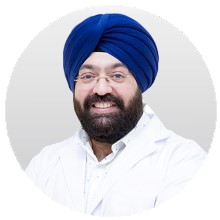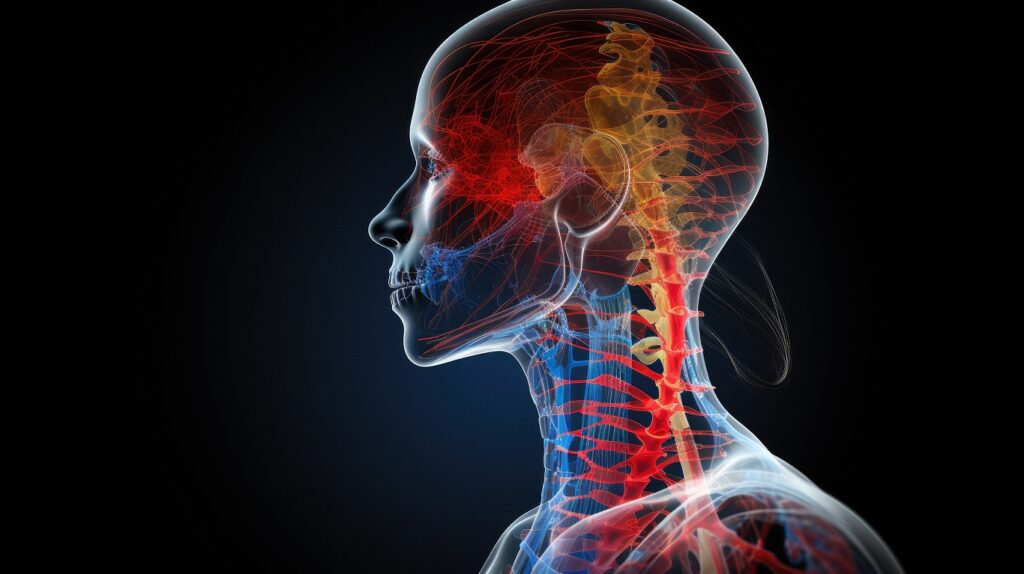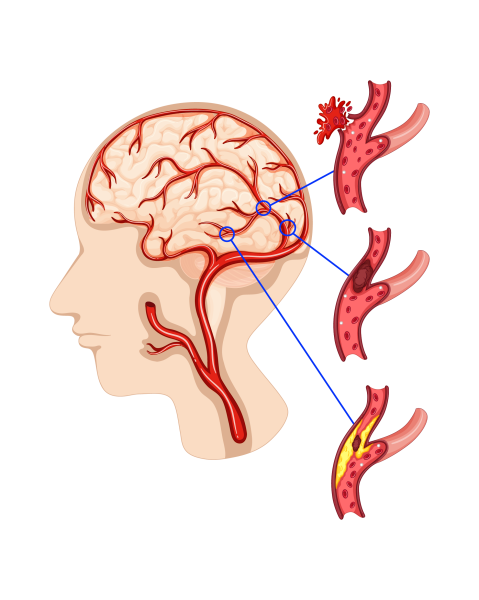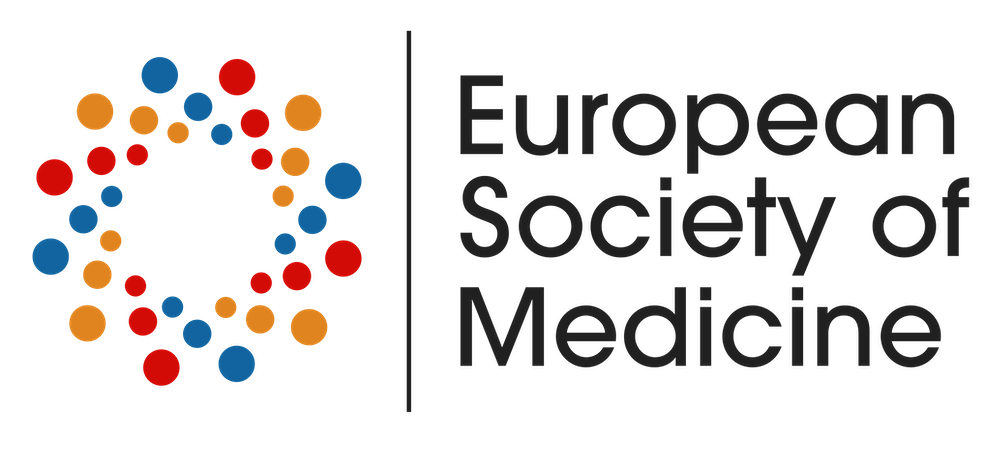H1 Tag: As Title
Introduction: As Meta Description
Form
Precision Oncology & Holistic Approach to Head and neck Cancer Treatment at Art of Healing Cancer
At Art of Healing Cancer, the fusion of Precision Oncology, modern medicine, and traditional healing practices forms the cornerstone of our patient-centered treatment philosophy. Recognizing the uniqueness of each individual’s battle with cancer, we integrate cutting-edge genomic sequencing and the latest medical advancements to tailor treatment plans that are as unique as the patients themselves. Simultaneously, we embrace the wisdom of traditional medicine, acknowledging its role in nurturing the whole person – body, mind, and spirit. This holistic approach not only targets the cancer cells but also supports the overall well-being of our patients, helping them to maintain a better quality of life throughout their treatment journey. By blending these diverse modalities, Art of Healing Cancer offers a compassionate, comprehensive care plan that addresses the multifaceted challenges of cancer, ensuring that each patient receives the most effective, personalized therapy.
Head and neck cancer Treatment in ____________________________
Please share your contact details for our teams to connect and guide you through your treatment plans
Form
Our Expert Cancer Care Team
At Art of Healing Cancer, we pride ourselves on having a team of highly skilled and compassionate experts in cancer treatment. Our specialists, drawn from diverse fields of oncology, integrate the latest advancements in modern medicine with traditional healing practices. This unique blend ensures that each patient receives a holistic treatment plan, tailored to their specific needs. Our team includes renowned oncologists, experienced surgeons, dedicated nurses, and supportive care professionals who work together to provide comprehensive care. To meet our esteemed team and learn more about their expertise and contributions in the field of cancer treatment, please visit our dedicated page here
 DR. MANDEEP SINGH MALHOTRA
DR. MANDEEP SINGH MALHOTRA
- Dr. Mandeep Singh Malhotra is the Chief Mentor at Art of Healing Cancer, with over 20 years of clinical oncology experience.
- He trained in surgical oncology at All India Institute of Medical Sciences, Delhi, and gained international experience in the UK, USA, and Singapore.
- Expert in Salvage Surgery for various recurrent cancers and integrates Precision Oncology with traditional medicine.
Accreditation
Why Choose Art of Healing Cancer

Blending traditional and modern treatments, we offer a holistic approach to cancer care.
Through chemosensitivity planning, we customize chemotherapy to each patient’s unique needs.
Precision and improved outcomes are hallmarks of our state-of-the-art robotic surgery techniques.
Utilizing genomic and transcriptomic data analysis, we provide the most advanced targeted therapy options.
As the only institution in India combining genomic and transcriptomic data with natural and herbal treatments, we offer comprehensive care.
We offer the most advanced immunotherapy treatments, including tailored vaccines and sensitivity testing to immunotherapy drugs.
One of the only centres trained on exploiting tumor Metabolism
We can grow cancer cells from blood in 3D tumors to analyse the cancer characteristics
Publications
International journal of Complementary and Internal Medicine
Impact of Slow- Infusion (Metronomic) 2-Deoxy-D-Glucose in Treatment of Refractory Patient of Gliobalstoma Multiforme
Cost of Head and neck Cancer Treatment
The cost of head and neck cancer treatment varies based on factors like cancer type and stage, treatments required, healthcare facility, and the choice between private or public healthcare services.
- Initial diagnostics such as biopsies, imaging tests like CT scans, MRIs, and PET scans, can range from INR 5,000 to INR 50,000, depending on the complexity and number of tests required.
- Surgical intervention for head and neck cancer can vary widely, from INR 1,00,000 to INR 5,00,000 or more, depending on the surgery’s complexity and the hospital’s facilities.
- A complete course ranges from INR 1,00,000 to INR 2,50,000, based on session type and number.
- Costs per cycle range from INR 20,000 to INR 2,00,000, with total varying by drugs used and cycle number.
- Monthly costs can be INR 50,000 to over INR 1,00,000, depending on medications.
- Often exceeds INR 1,00,000 per dose, potentially spanning several doses.
- Includes side effect management, physical therapy, counseling, alternative therapies, adding significantly to total cost.
- Regular appointments, tests, and monitoring for recurrence are ongoing costs.

Factors Influencing Treatment Costs
Stage of Cancer
Treatment Plan
Personalized Treatment Approaches
Art of Healing Cancer: Pioneering Robotic Head and Neck Cancer Surgery
Art of Healing Cancer proudly stands among the first in the nation to offer robotic head and neck cancer surgery. This advanced technique enhances precision, reduces recovery time, and minimizes scarring, representing a significant leap forward in surgical oncology and patient care

Head and Neck Cancer – Introduction & Treatment Methodology
Head and neck cancer refers to a variety of malignancies in the head and neck area, originating mostly from squamous cells in moist, mucosal surfaces like the mouth, nose, and throat, although they can also arise from other cell types depending on the location and tissue.

Starts in the mouth or throat behind the mouth. Affects lips, tongue, gums, inner cheek linings, and the oropharynx, including tonsils and tongue base.
Affects the larynx or voice box, crucial for breathing, speaking, and swallowing. Can involve vocal cords and other larynx parts.
Originates in the upper throat behind the nose, affecting the chamber connecting nasal passages and ears to the throat, impacting hearing and breathing.
Begins in the lower throat above the esophagus, affecting swallowing and breathing.
Starts in the space behind the nose or sinuses, affecting breathing, smell, and facial appearance.
Develops in salivary glands inside the mouth and near the jawbone, leading to swelling, pain, or numbness.
Testing and Screening for Head and neck Cancer
An ENT specialist begins with a detailed check for lumps or swelling in the head and neck, using instruments to view hard-to-reach areas.
A thin, lighted tube (endoscope) is inserted through the mouth or nose to explore the head and neck interiors, looking for cancer signs.
If abnormalities are detected, a tissue sample is taken from the area for microscopic examination to identify cancer cells.
- CT Scan: Provides a 3D image of the head and neck to detect cancer spread.
- MRI: Uses magnets and radio waves for detailed images, distinguishing between healthy and cancerous tissue.
- PET Scan: Involves injecting radioactive sugar to highlight active cancer cells.
Utilizes sound waves to image the thyroid or lymph nodes, similar to sonar technology.
For cancers in the oropharynx, tests may check for HPV, a virus linked to certain head and neck cancers, aiding in prognosis and treatment decisions.

Causes and Risk Factors of Head and neck Cancer

The primary risk factor, including smoking and chewing tobacco, with risk rising with usage duration and amount.
Heavy drinking, particularly risky when combined with tobacco, elevates oral cavity, pharynx, and larynx cancer risks.
Certain HPV types, especially HPV-16, are linked to oropharyngeal cancers.
Diets low in fruits and vegetables may heighten the risk.
UV light exposure increases risks for lip and potentially salivary gland cancers.
More common in men and those over 40.
Risks increase with exposure to asbestos, certain chemicals, and woodworking.
Associated with nasopharyngeal cancer, prevalent in specific regions like Asia and North Africa.
Poor oral hygiene, high-alcohol mouthwash, and ill-fitting dentures can elevate oral cancer risks.
Family history may indicate a genetic susceptibility.
Symptoms of Head and neck Cancer
Persistent neck lumps, often painless, could indicate enlarged lymph nodes or cancer growth.
Look for persistent red or white patches, non-healing sores, or the feeling of something stuck in the throat.
Cancers may cause discomfort or a sensation that food is lodged in the throat.
Persistent hoarseness or voice alterations might suggest laryngeal cancer affecting the vocal cords.
Ear pain without infection could relate to head and neck cancers.
Ongoing sore throat, resistant to treatment, particularly with other symptoms, could be a warning.
Tumors may obstruct airways, leading to breathing difficulties or noisy breathing.
Unexplained weight loss due to eating less from cancer-related discomfort or pain.

Stages of Head and neck Cancer

Abnormal cells are on the surface layer, not yet invasive. Known as carcinoma in situ.
Cancer under 2 cm, no spread to lymph nodes or beyond, confined to the origin.
Tumor over 2 cm but under 4 cm, no lymph node involvement or distant spread, limited deep tissue invasion.
Tumor over 4 cm or spread to a nearby lymph node (under 3 cm), no distant metastasis.
Advanced stage, divided into IVA (local or regional spread), IVB (extensive regional spread), and IVC (distant metastasis), indicating significant spread.
Integrative Cancer Treatments at Art of Healing Cancer
Administering high-dose Vitamin C intravenously, this therapy is explored for its potential to produce hydrogen peroxide, which may target cancer cells, enhance life quality, and mitigate side effects of traditional treatments.
An innovative therapy where patients inhale molecular hydrogen gas, leveraging its antioxidant properties to potentially reduce oxidative stress in cancer cells. Its efficacy and safety in humans are subjects of ongoing research.
Involves breathing pure oxygen in a pressurized environment, believed to enhance tissue oxygenation and aid healing. Used cautiously in cancer care to potentially improve chemotherapy and radiation effectiveness and manage side effects.
Utilizes extracts from the European mistletoe plant, injected to possibly stimulate the immune system and exert cytotoxic effects on cancer cells. While popular in Europe for quality of life improvement, its scientific validation remains mixed.
An ancient Indian practice focusing on body system balance through diet, herbal treatment, and yogic breathing. Aimed at detoxification, boosting defense mechanisms, and overall well-being, it complements conventional treatments despite limited clinical trial evidence.

Treatment Options for Head and neck Cancer

- Excisional Surgery: Removes the tumor and surrounding healthy tissue. The procedure’s scope varies with the tumor’s size and location, potentially requiring reconstruction for larger tumors.
- Neck Dissection: Involves removing lymph nodes in the neck to address or prevent cancer spread. Techniques range from radical, removing many structures, to selective, preserving more anatomy and function.
- Transoral Laser Microsurgery (TLM): A minimally invasive method using a laser to precisely remove tumors in the larynx and pharynx via the mouth, aiming to preserve function and reduce the need for more invasive treatments.
- Transoral Robotic Surgery (TORS): Utilizes robotic technology for precise tumor removal through the mouth, especially effective for hard-to-reach throat tumors, with a focus on preserving key functions.
- Reconstructive Surgery: Rebuilds areas affected by cancer surgery, from simple closures to complex tissue transfers, aiming to restore appearance and function, possibly including dental implants and prosthetics.
Uses cytotoxic drugs to target rapidly dividing cancer cells, administered intravenously, orally, or by injection. Types include Anthracyclines, Taxanes, Alkylating Agents, and Antimetabolites. Can be neoadjuvant (before surgery), adjuvant (after surgery), or palliative.
Focuses on specific genes or proteins involved in cancer growth.
- Monoclonal Antibodies: Bind to cancer cell molecules, blocking growth or aiding immune response.
- Tyrosine Kinase Inhibitors: Block enzymes promoting cancer cell growth.
- Proteasome Inhibitors: Hinder protein breakdown needed for cancer cell survival.
- Histone Deacetylase Inhibitors: Affect gene expression regulation in cancer cells.
Enhances the body’s immune response against cancer.
- Checkpoint Inhibitors: Unblock immune cells to attack cancer.
- Monoclonal Antibodies: Target specific cancer cells.
- Cancer Vaccines: Train the immune system to recognize cancer cells.
- Adoptive Cell Therapy: Modifies patient’s immune cells to better fight cancer.
- Oncolytic Virus Therapy: Uses viruses to target and destroy cancer cells.
Uses high-energy beams to kill or halt cancer cell growth.
- External Beam Radiation Therapy (EBRT): Directs radiation from outside the body.
- Internal Radiation Therapy (Brachytherapy): Places radioactive material near cancer cells.
- Systemic Radiation Therapy: Uses radioactive substances in the blood.
- Proton Therapy: Utilizes protons for precise targeting.
Customizes treatment based on genetic profiling of cancer.
- Genomic Sequencing (NGS): Identifies specific mutations for targeted therapies.
- Chemosensitivity: Tests cancer cell response to chemotherapy drugs.
- RNA Sequencing: Analyzes gene expression for targeted interventions.
- Tissue Banking: Stores samples for future research.
- Circulating Tumor Cell (CTC): Monitors disease progression through blood analysis.
- Metabolic Therapy: Targets cancer cell metabolism through dietary changes.
Complementary approaches focusing on well-being and symptom management.
- Diet and Nutrition: Emphasizes whole foods and anti-inflammatory items.
- Herbal Supplements: Includes evidence-based herbs for cancer care or symptom relief.
- Mind-Body Therapies: Practices like meditation, yoga, and tai chi for stress reduction.
- IV Vitamin C: High-dose therapy with potential benefits but not widely accepted.
- Hydrogen Inhalation Therapy: Emerging approach with antioxidant properties.
- Hyperbaric Oxygen Therapy (HBOT): Enhances chemotherapy and radiation efficacy, with cautious use.
- Mistletoe Therapy: Used for immune stimulation and quality of life improvement.
- Ayurvedic Medicine: Focuses on holistic care, often alongside conventional treatments.
Each treatment option is chosen based on individual patient factors, cancer stage, and overall health, offering a comprehensive approach to head and neck cancer management.
